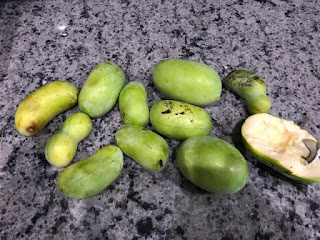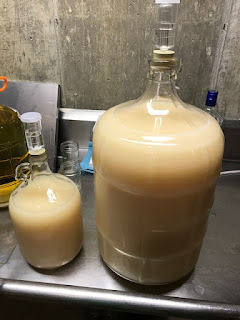I have struggled for some time to control temperatures during fermentation. Cooling whites and warming reds is a challenge for home winemakers. So I read with interest a forum post in which a home winemaker attempted a solution to this problem. I talked it over with Adam who designed a solution, and over Christmas break we got to work.
The first version of the device proved under-powered. This post will detail the second version. The materials:
- Arduino Microcontroller
- Power supply cable
- Temp sensor
- Motor drivers (3)
- 5V regulator
- Relay boards (2)
- Terminal blocks (3)
- 500W power supply
- 3-fan Peltier cooling device
- Wire, solder, tools
The basic layout of this is 120VAC to 12V DC power, which for the purposes of the relays and the Arduino gets regulated down to 5V DC with the regulator. The three terminal blocks are 12V, 5V, and a common ground. The fans and the pump run through the relays, but in this version they stay on all the time, with the relays only opening when the program is refreshed and uploaded. The Arduino controller sets the direction and voltage to the Peltier coolers through the 12V motor drivers.
We are using a PID controller. We had to adjust some code and do some "loop tuning" but now it seems very stable.
The next steps are to add power (so that it runs without the computer), add the LCD, and build a container.

















































